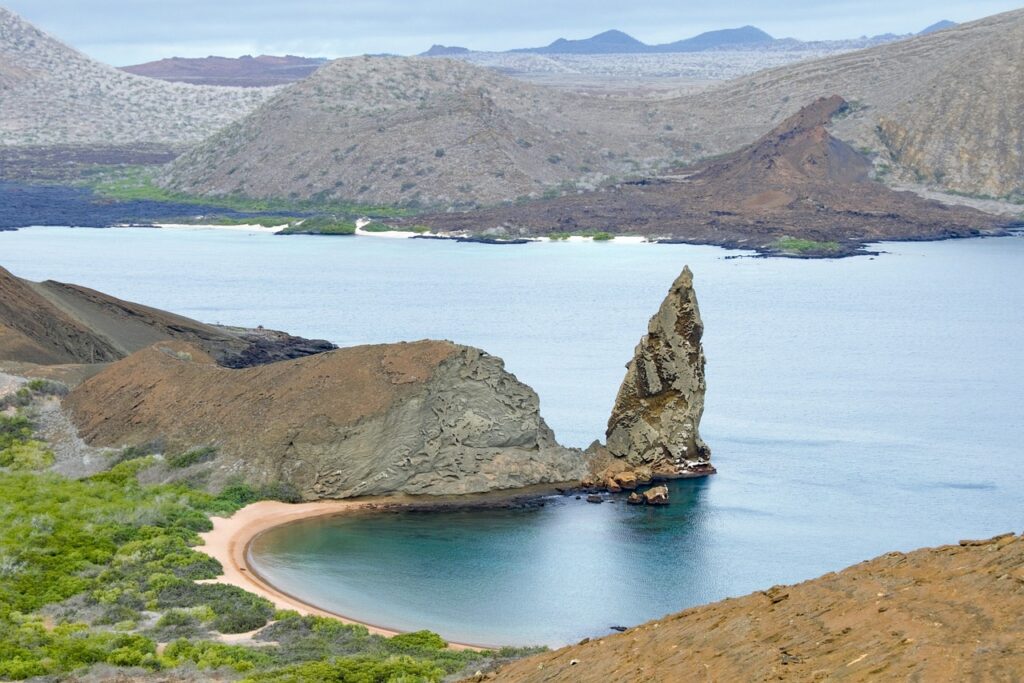The Galapagos Islands, a UNESCO World Heritage site known for its unique wildlife and stunning natural beauty, has announced a significant increase in tourist entry fees to address concerns over rising visitor numbers, and fight overtourism. The entry fee for foreign visitors will double from $100 to $200, while the fee for Ecuadorian nationals and foreign residents will increase from $6 to $10.
The decision to raise the entry fees comes as the Galapagos National Park faces challenges in managing the growing number of tourists visiting the islands. In 2022, the park recorded over 275,000 visitors, a significant increase compared to previous years. The influx of tourists has put pressure on the fragile ecosystem and raised concerns about the long-term sustainability of the islands’ natural resources.
By doubling the entry fees, the Ecuadorian government aims to limit the number of visitors and generate additional funds for conservation efforts. The increased revenue will be used to improve infrastructure, enhance visitor management, and support research and monitoring programs in the Galapagos National Park.
The new entry fees will come into effect on July 1, 2024. The move has been welcomed by environmental organizations and conservation groups, who believe it is a necessary step to protect the Galapagos Islands’ unique biodiversity and ensure its long-term preservation.
Impact of the Increased Fees:
The increased entry fees for the Galapagos Islands are expected to have the following impacts on tourism:
The Galapagos Islands are doubling the entry fee for foreign visitors from $100 to $200, while fees for visitors from the Mercosur trade bloc (Argentina, Brazil, etc.) will increase from $50 to $100. This significant hike in fees aims to curb the rising number of tourists visiting the islands, which has put strain on the fragile ecosystem.
The higher fees are intended to discourage some visitors and reduce the overall number of tourists traveling to the Galapagos. This is a necessary measure to protect the islands’ unique wildlife and natural resources, which are under threat from the growing influx of visitors.
The additional revenue generated from the increased fees will be used to fund conservation efforts, improve infrastructure, and support community programs in the Galapagos National Park. This investment is critical to ensuring the long-term sustainability of tourism in this fragile ecosystem.
While some concerns have been raised about the potential impact on tourist arrivals, the new fees are still modest compared to other major wildlife tourism destinations. The Ecuadorian government is committed to balancing the needs of conservation and the local economy, recognizing the Galapagos as both a national and global treasure that must be protected for future generations.















More Stories
IndiGo Chaos: 500+ Cancellations, Fares Skyrocket to ₹70,000 Amid Crew Shortage & Tech Glitches
Vietnam Expands E-Visa to 83 Checkpoints 41 New Airports, Land Borders & Seaports Unlock Tourism Boom
United Kingdom Introduces New Nightly Tourist Tax A Budget Wake-Up Call for Family Holidays